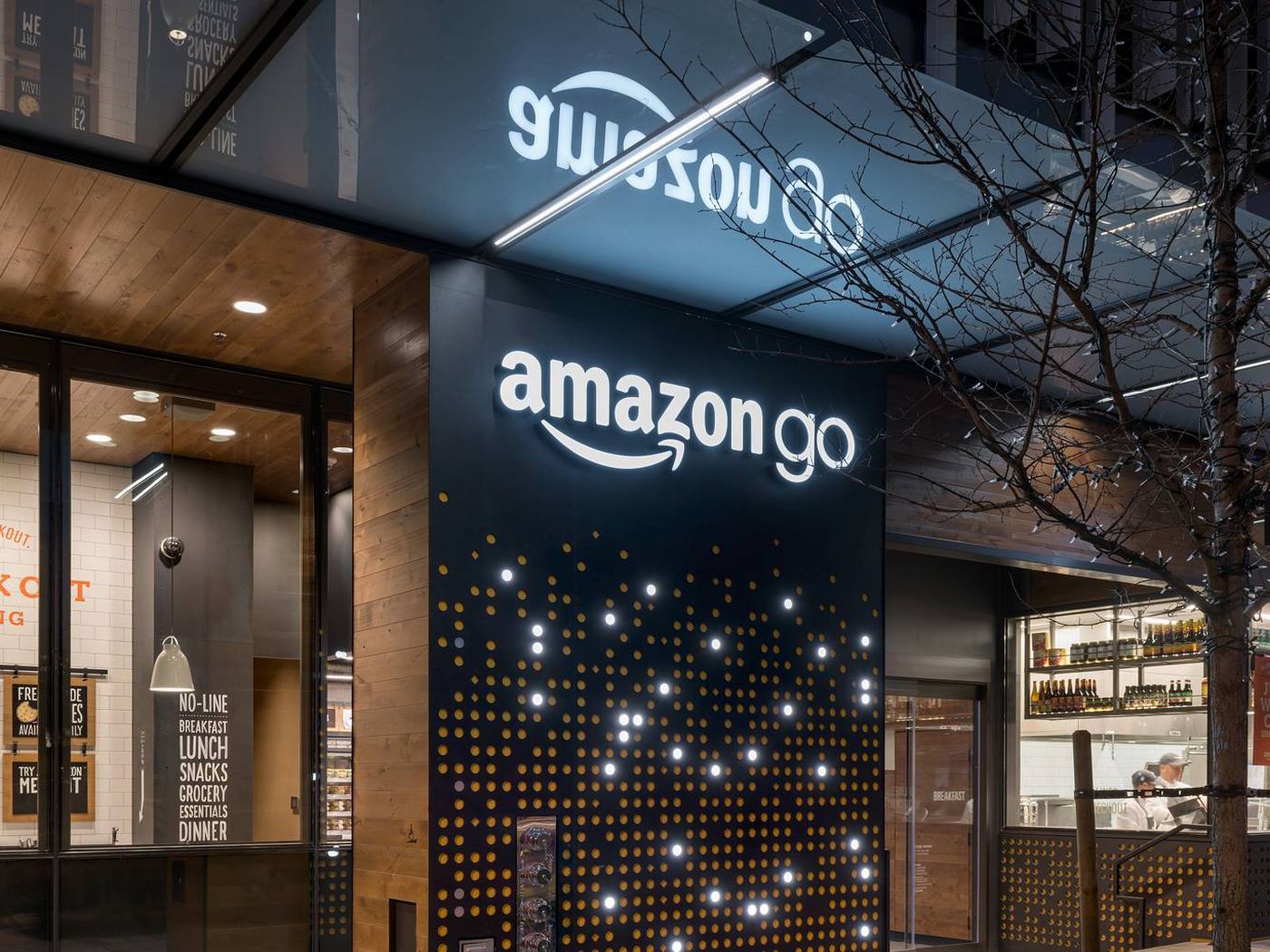The value of Amazon Go stores could potentially exceed $4 billion by 2021, according to an RBC Capital Markets analysis. The special brick and mortar grocery stores are powered by artificial intelligence and don’t require customers to wait in line for the cash register.
There are currently four Amazon Go stores in Seattle, three in Chicago, and two in San Francisco. They each generate approximately $1.5 million in annual sales. Bloomberg estimated that Amazon.com Inc. may open as many as 3,000 stores by 2021, which would equal $4.5 billion in business.
“Amazon Go stores could be a game changer for physical retail experience. Its in-store technology enables shoppers to have a very efficient and pleasant shopping experience. While not a significant financial contributor yet, we believe the overall opportunity is huge,” RBC analyst Mark Mahaney wrote in the research note, reports Supermarket News.
Between 400 and 700 consumers visit these stores daily and spend an average of $10 per visit, according to RBC figures. This equals between $1.1 million and $1.95 million annually per store.
Amazon Go stores offer on-the-go meals, meal kits, dairy products, frozen foods, salads, sandwiches, deli meats, cereal, cold drinks, baked goods, chocolate, candy, condiments, travel items, and more.
Amazon Go stores are doing better in sales than convenience stores (excluding tobacco sales), according to RBC. The ability for consumers to enter, shop and exit using a mobile app is a big draw. When people leave the store, their items are automatically debited on their Amazon account. There’s no need to pay a cashier.
“The biggest ‘so what’ and ‘aha!’ moment occurred when we had to wait in line at a different convenience store — why could we not just grab what we want and leave?” Mahaney wrote. “It took members of RBC team anywhere between 44 seconds to 4 minutes to grab morning breakfasts and lunch.”
There is also room for growth, according to RBC. That includes increasing the selection of items, building customer awareness, and incorporating the technology in Whole Foods Market and other retailers.
“Given that Amazon is likely targeting urban locations for its Go stores, they would be less of a near-term threat to suburban convenience stores and more a competitive threat for quick eateries and convenience stores in urban areas (Subway, Pret-A-Manger, Walgreens),” Mahaney noted.
Amazon plans on opening another location in Chicago and one in New York City but hasn’t disclosed any additional locations. Bloomberg believes there may be 50 stores in major U.S. cities by the end of this year.


